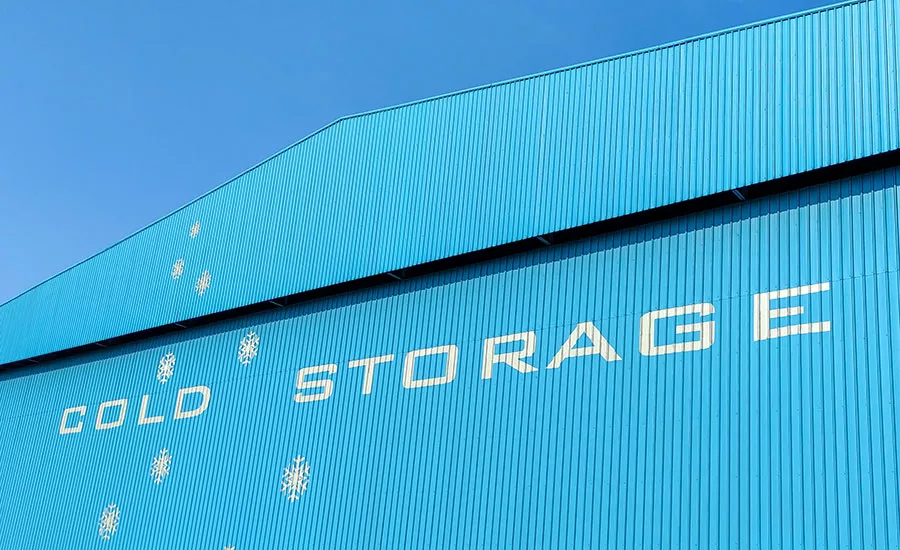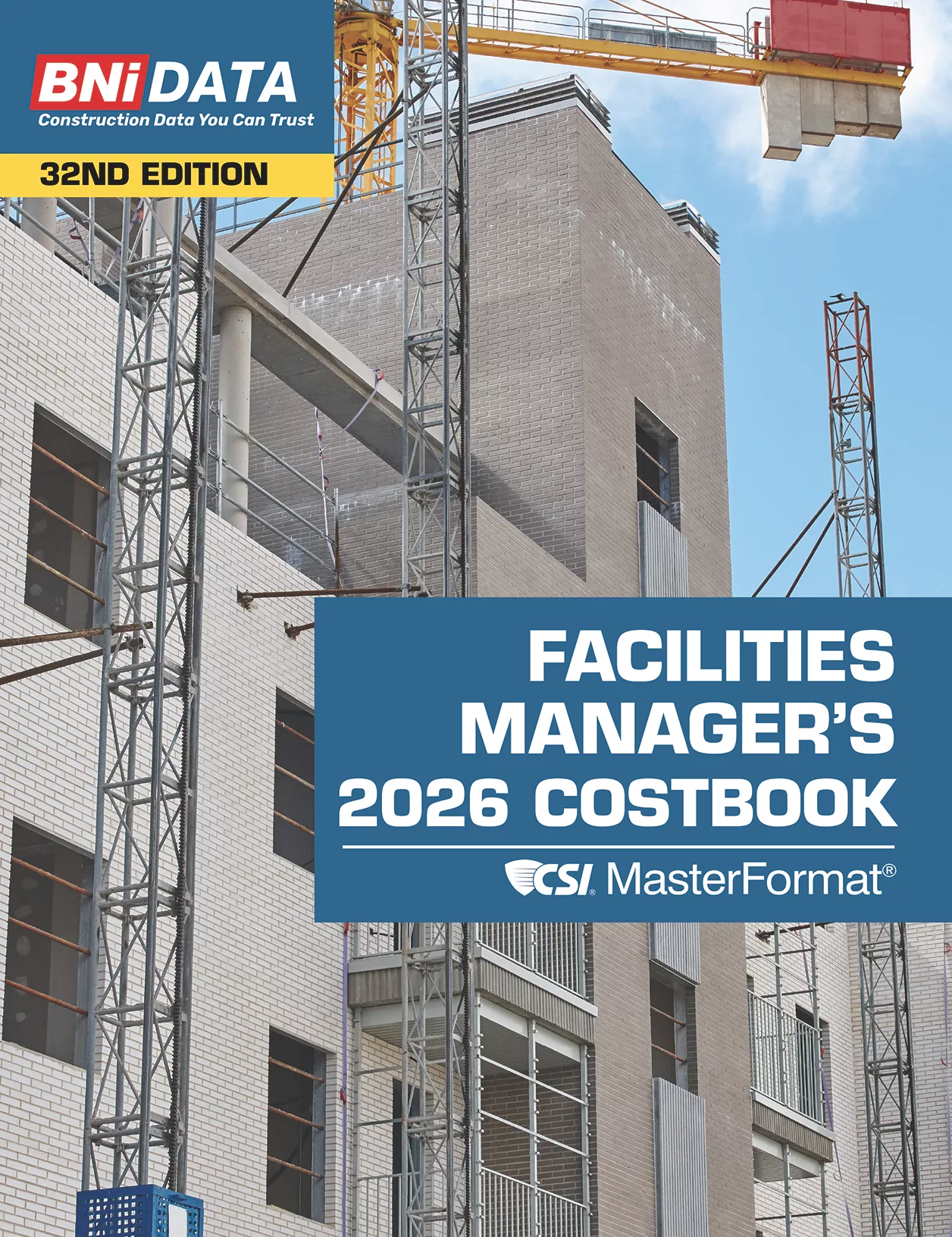Keeping It Cool
Considerations for Roofing Cold Storage Facilities
As demand for cold storage continues to surge, roofing contractors must be ready to address specific challenges posed by the roofing system

Cold storage facilities are essential for preserving temperature-sensitive products such as food and pharmaceuticals, vital to global supply chains. As demand for cold storage continues to surge — driven by the rise of grocery delivery services, expanding e-commerce, and the growing need for medical storage — developers and owners must prioritize proper design to address the specific challenges posed by the roofing system.
The roof is the area of the building envelope with the greatest potential to affect the facility's long-term performance.
A high-performance roof is an interdependent system of materials that includes roof membranes, layers of high R-value insulation, and air and vapor barriers. The roof is critical in controlling temperature, preventing condensation, and improving energy efficiency.
With modern insulation materials like polyisocyanurate (polyiso), cold storage facilities can improve their energy efficiency, cut operational costs, and ensure the safety and integrity of stored goods.
Integrating advanced technology and automation can also support the performance of building envelope materials by enabling real-time monitoring and control of parameters like temperature, humidity, and energy usage.
Leveraging building science and technology can help builders, buyers, and owners of cold storage facilities optimize both performance and costs.
Maintaining Consistent Low Temperatures
Cold storage facilities must maintain internal temperatures between 40 degrees Fahrenheit and -50 degrees Fahrenheit, depending on what will be stored in the facility, to ensure that all items — whether perishable foods or temperature-sensitive pharmaceuticals — are preserved in optimal conditions. The ability to regulate these low temperatures precisely is critical.
Modern insulation innovations allow polyiso to perform even better at colder temperatures, making these formulations ideal for cold storage applications where the assembly is exposed to cold year-round.
Standard roofing polyiso historically has a physical property limitation that will result in lower-than-expected insulation R-values when exposed to cold temperatures. Some polyiso manufacturers have innovative formulations to reverse this property and increase insulation R-value in colder temperatures. Elevate ISOGARD polyiso is a product built for cold storage applications, offering thermal performance and a high R-value of 6.2 per inch at 40 degrees Fahrenheit. This means temperature can help the facility meet stringent thermal requirements.
Beyond choosing the best insulation for the job, it is important to ensure the insulation is installed according to best practices. Good design and installation practice is to use multiple layers of ISO in a staggered layout to minimize air movement within the roofing system.
Faster Installation
The demand for cold storage facilities continues to rise, and meeting this growing need requires roofing systems that perform well and can be installed efficiently. Thermoplastic polyolefin (TPO) single-ply roofing membranes have become popular due to their high performance and ease of installation.
Products like Elevate UltraPly TPO SA allow contractors to install up to four times faster roofing systems than conventionally adhered systems that require manually applied adhesive. Third-party testing has shown that UltraPly TPO SA can reduce labor hours for membrane installation by up to 77%.
Time-saving solutions help contractors keep up with the growing demand for cold storage roofs without sacrificing quality or performance. This expedites new construction timelines, helping cold storage facilities open and quickly generate revenue.
Additionally, self-adhered TPO systems tend to have lower concentrations of volatile organic compounds, meaning contractors can reroof an existing facility with minimal disruptions to building operations and personnel.
Preventing Condensation In Cold Storage Roofing Systems
One of the greatest challenges designers face when creating new roofs for cold storage facilities is preventing vapor drive, which can lead to condensation. Condensation occurs when the moisture content of air reaches saturation; otherwise, it is observed when warm, wet air is cooled to its dew point and becomes a liquid. Vapor drive in roofing assemblies refers to the movement of vapor molecules from areas of high pressure to areas of low pressure, which typically moves from warm to cold.
If the design of the roofing assembly allows vapor to be driven toward the cold interior surfaces, condensation may occur. To properly prevent condensation from vapor drive, designers should understand the variables involved, such as building location and climate, the design temperature of the facility, and the inclusion of vapor retarders and air barriers in the roofing assembly.
Air movement inside a cold storage roofing assembly may also lead to condensation since all air contains moisture. It is critical to use standard practices to install materials in a roofing assembly to prevent gaps, cracks and pockets of air space. Unintended airspace built into the assembly increases the chances of condensation. The buildup of condensation in the assembly may lead to mold, damage to roofing and structural materials, and reduce the insulation efficiency, increasing energy costs.
Air sealing is crucial to prevent condensation. A well-designed roof assembly must include effective air and vapor barriers to prevent vapor from entering the assembly from the exterior and degrading the structure. High-performance insulation products are key in stopping air movement and reducing the risk of condensation inside the roof assembly. This prevents mold growth and maintains energy efficiency to help preserve the facility’s long-term performance.
Leveraging Technology and Automation
Incorporating technology and automation into cold storage facilities allows for real-time monitoring and management of critical environmental factors like temperature, humidity, and energy consumption. Facility managers can monitor conditions 24/7 and respond immediately to any fluctuations that could jeopardize product quality.
Automated systems also enable facility managers to optimize energy use. These systems can regulate temperatures based on specific storage needs, ensuring energy is only consumed when necessary. Automated systems maintain a thermal chamber for cold storage when combined with high-performance roofing and insulation systems.
The combination of advanced technology and innovative building materials reduces operating costs and the environmental impact of a cold storage facility, allowing refrigeration and HVAC systems to do their jobs more efficiently and for longer periods.
Looking for a reprint of this article?
From high-res PDFs to custom plaques, order your copy today!






